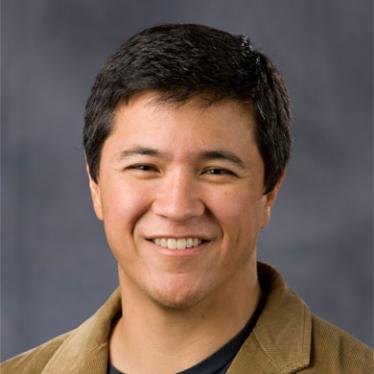DGHI’s relationships in Peru began with faculty using a multidisciplinary approach to address the dynamics of environmental changes, population growth and human health. Strong community engagement with Peruvian leaders and health officials has enabled an ambitious research agenda, with faculty teams engaging in projects on gold mining, mercury exposure, malaria, leishmaniasis, cervical cancer, chronic diseases, and the health effects of agricultural development, highway construction and migration.
In additional to field research, DGHI's partnerships in Peru support faculty participation in strategic planning and scientific meetings with the World Wide Fund for Nature (WWF Peru), The Ministry of Health Peru and the Ministry of the Environment. Students and trainees have been able to take part in cutting-edge work through the various project opportunities.
Key Faculty

William Pan
Elizabeth Brooks Reid and Whitelaw Reid Professor of Global Environmental Health

Nimmi Ramanujam
Director of Center for Global Women's Health Technologies
Partners
- Pontifical Catholic University of Peru
- Cayetano Heredia University
- Cancer League
- Ministry of the Environment, Peru
- Research Institute of the Peruvian Amazon
- National Institute of Health, Peru
- Occupational Health and Environment for Health National Center
- Ministry of Health, Peru
- World Wide Fund for Nature, Peru
- Regional Health Directorate of Madre de Dios
- U.S. Naval Medical Research Unit - 6 Peru
- Center for Amazonian Scientific Innovation
- Ministry of Energy and Mines, Peru
Duke Entities
DGHI centers:
- Center for Global Women's Health Technologies
Schools:
- Nicholas School of the Environment
- Pratt School of Engineering
- Sanford School of Public Policy
- School of Medicine (OB/GYN, Statistics and Bioinformatics)
- Trinity College of Arts & Sciences (Biology)
Research News
Preventing Malaria in the Amazon Just Got Easier
Peru’s malaria surveillance and control program is about to be transformed from a reactive system to a proactive one, thanks to a NASA-funded tool that can predict up to 12 weeks in advance where outbreaks are likely to occur.
Read More